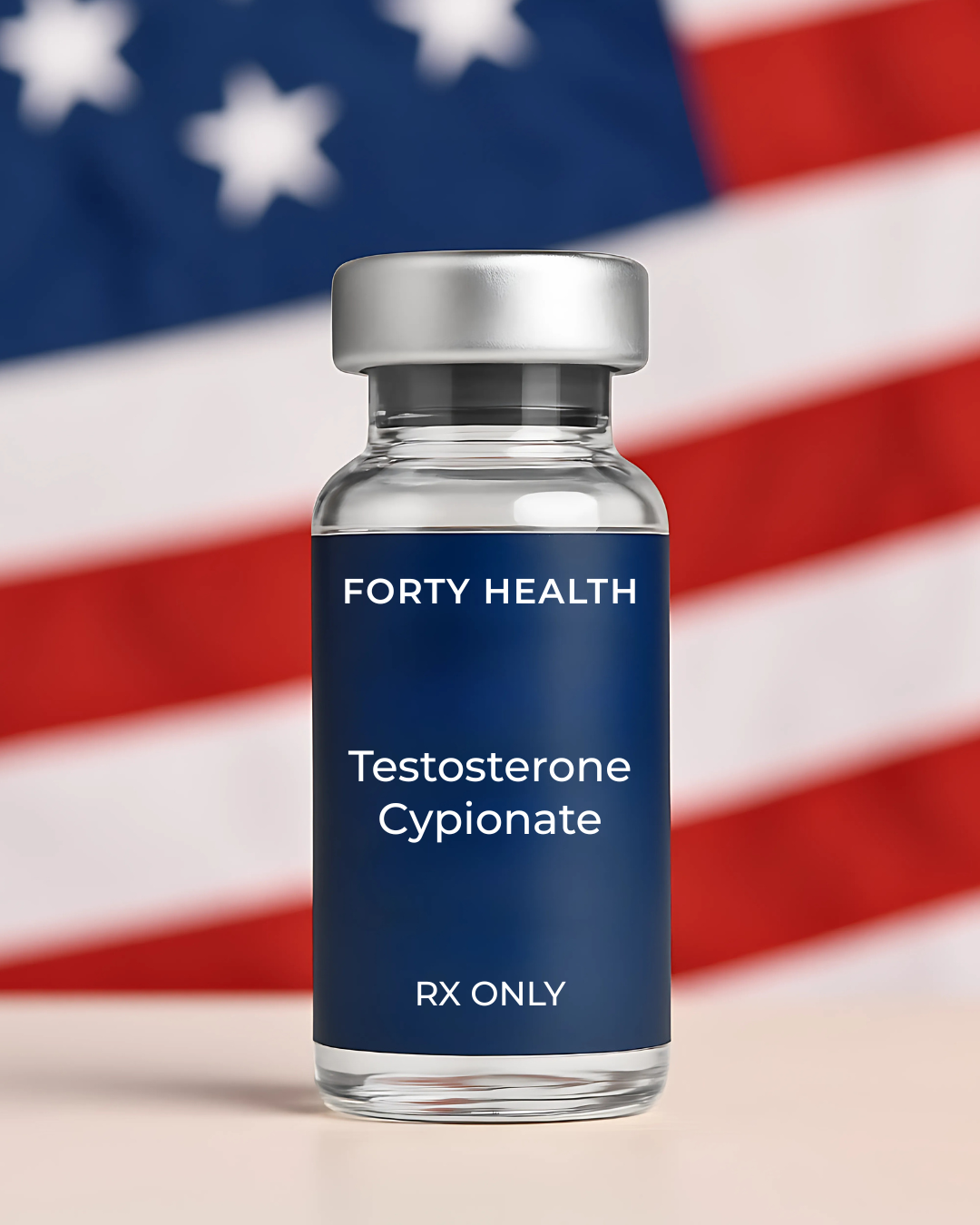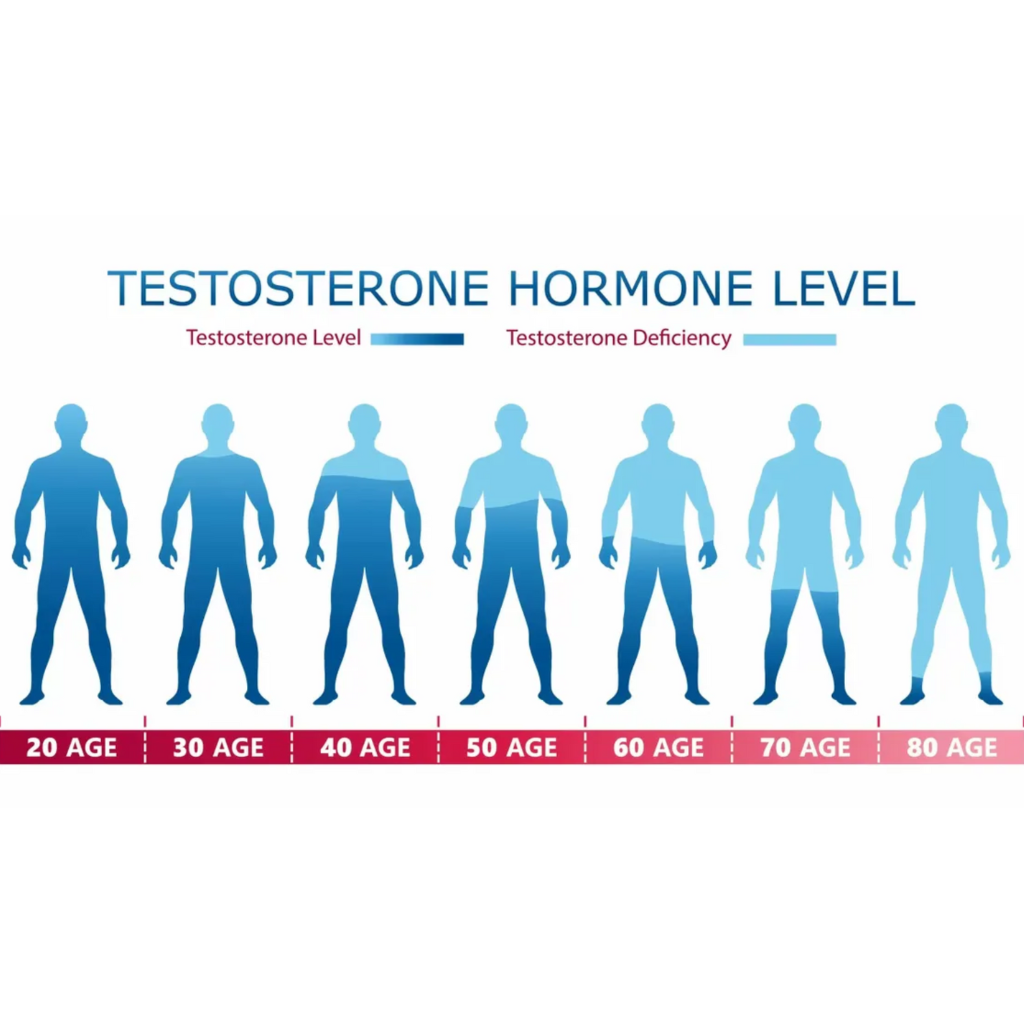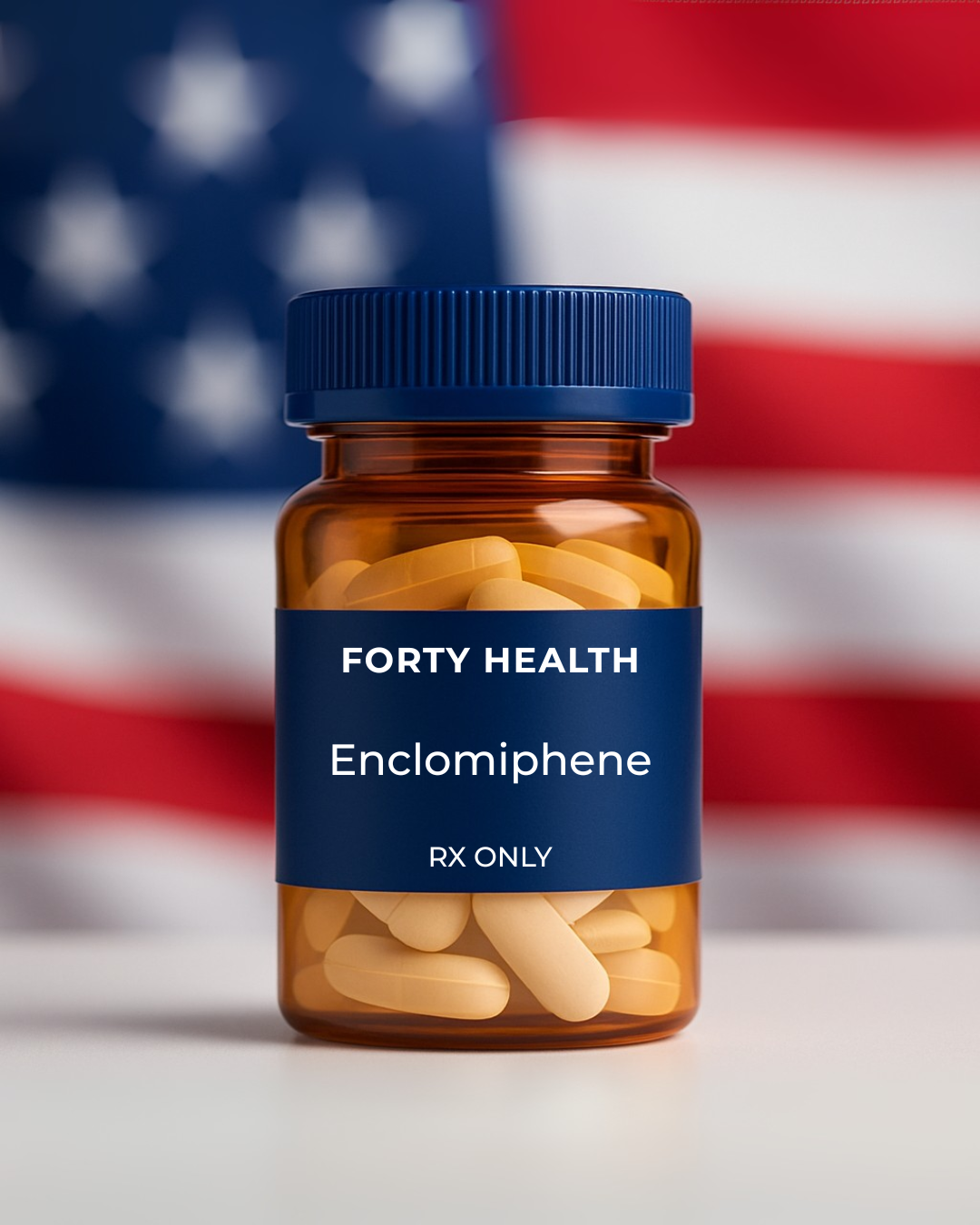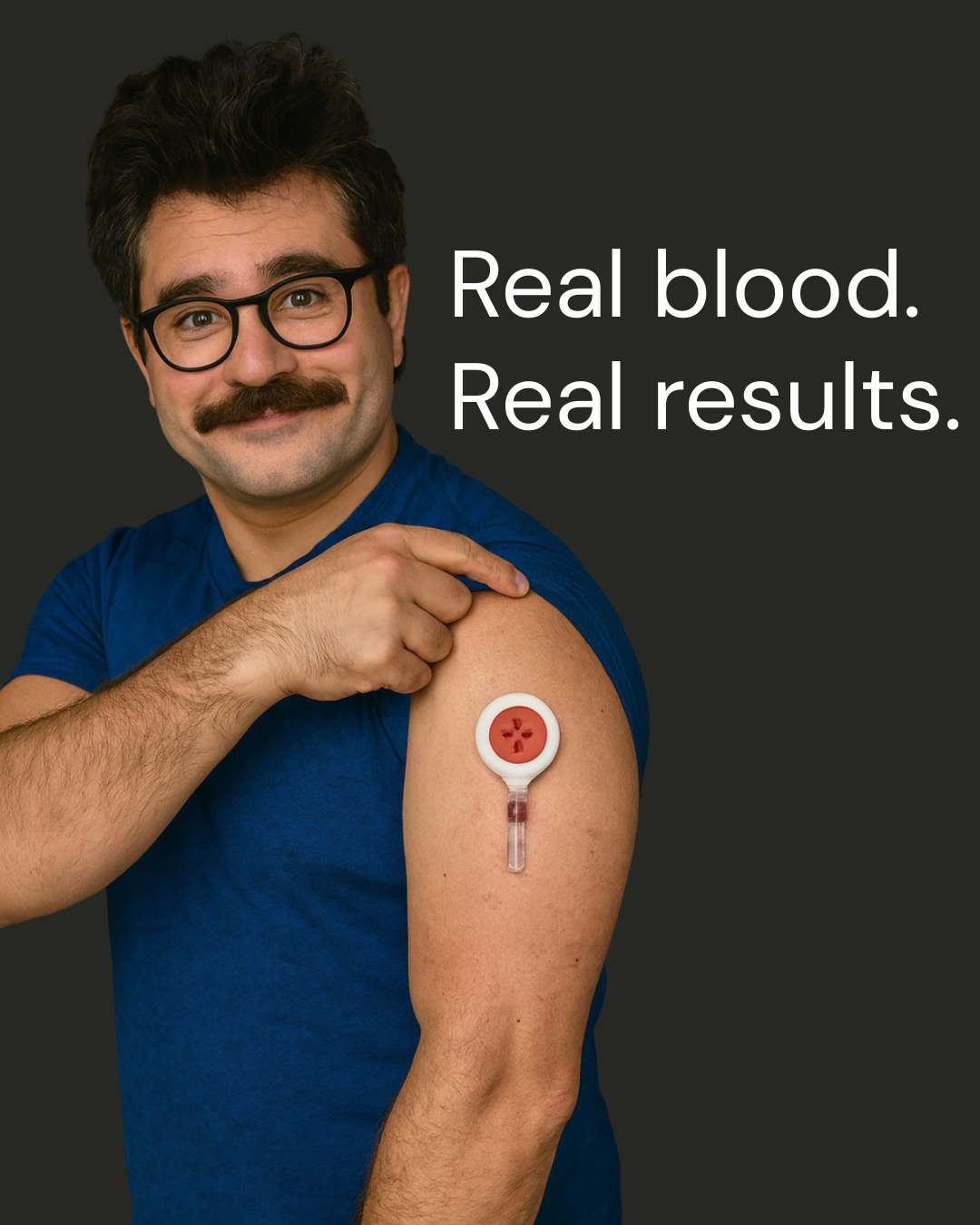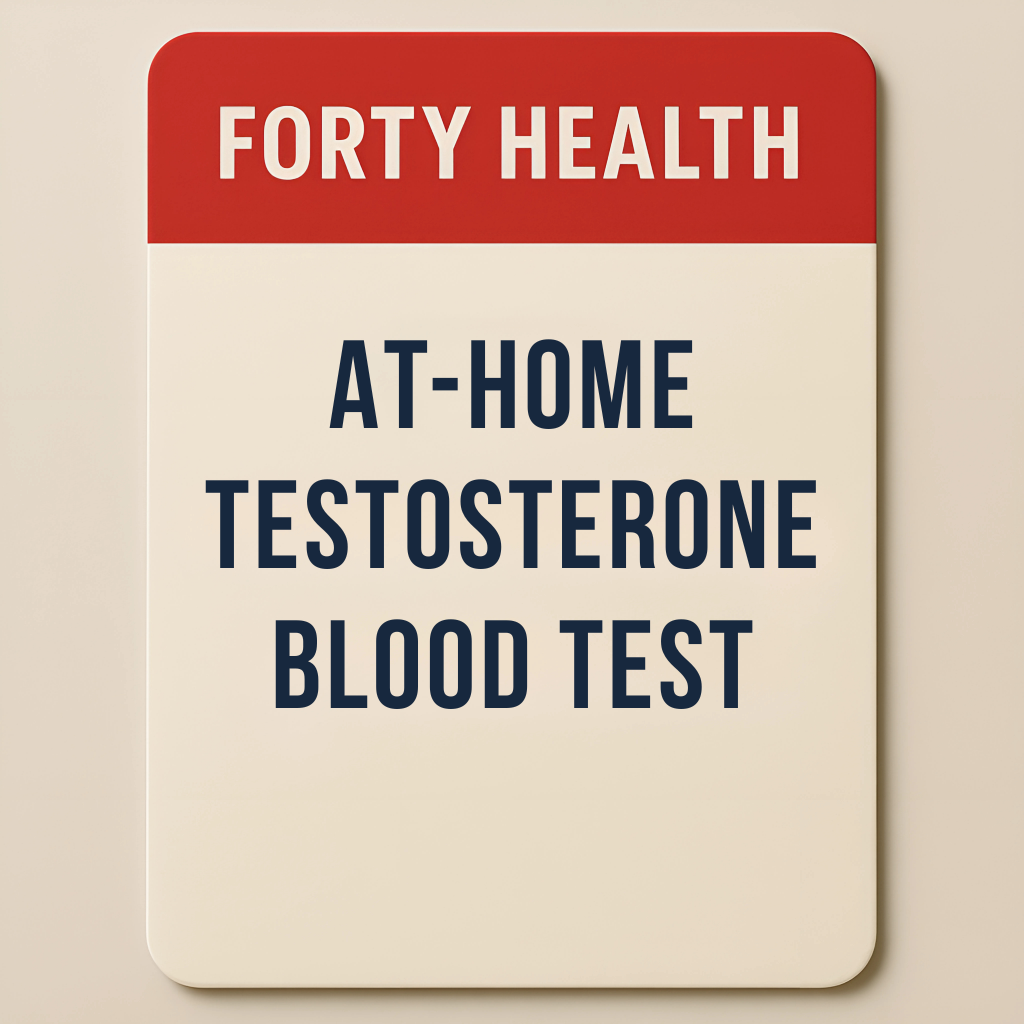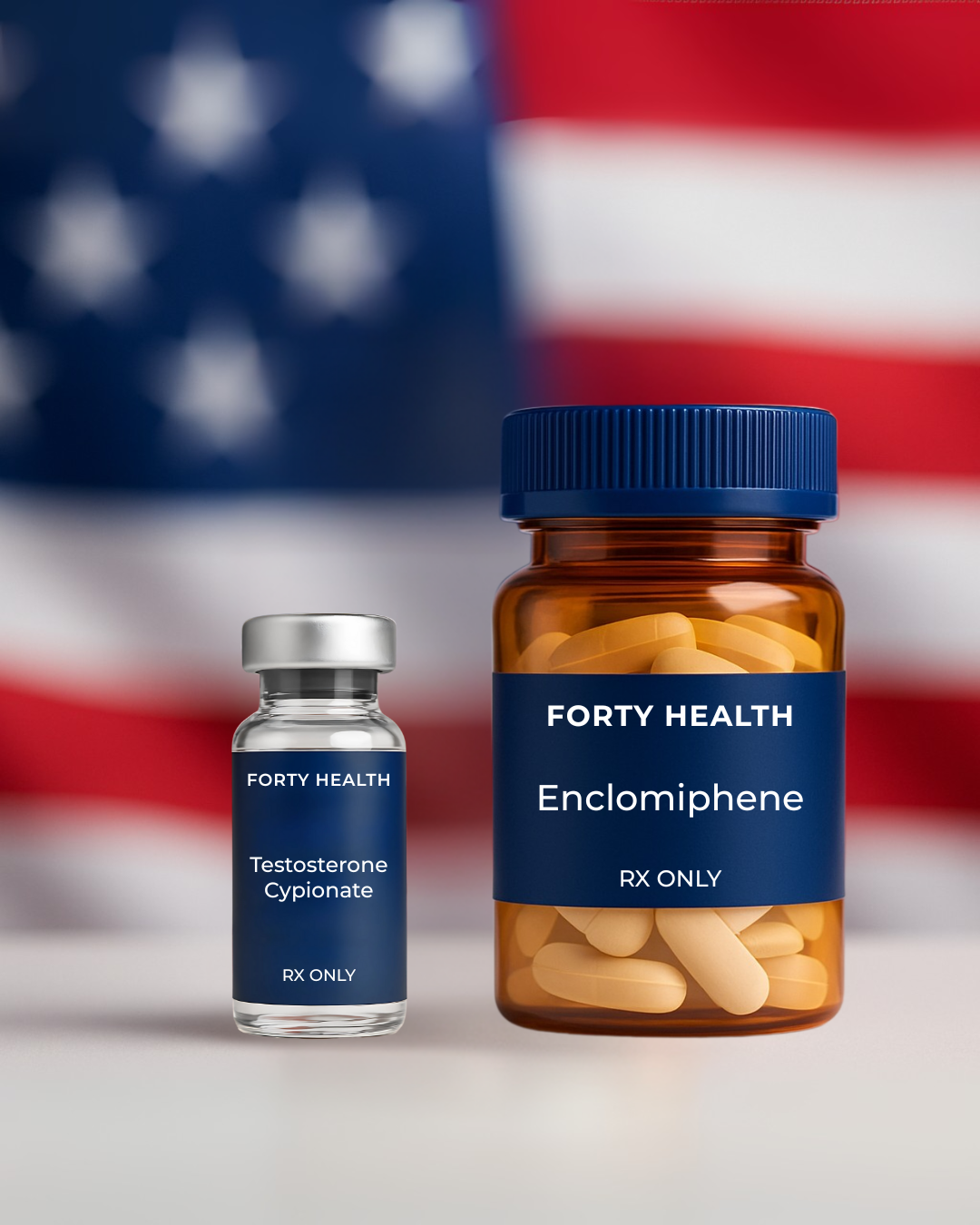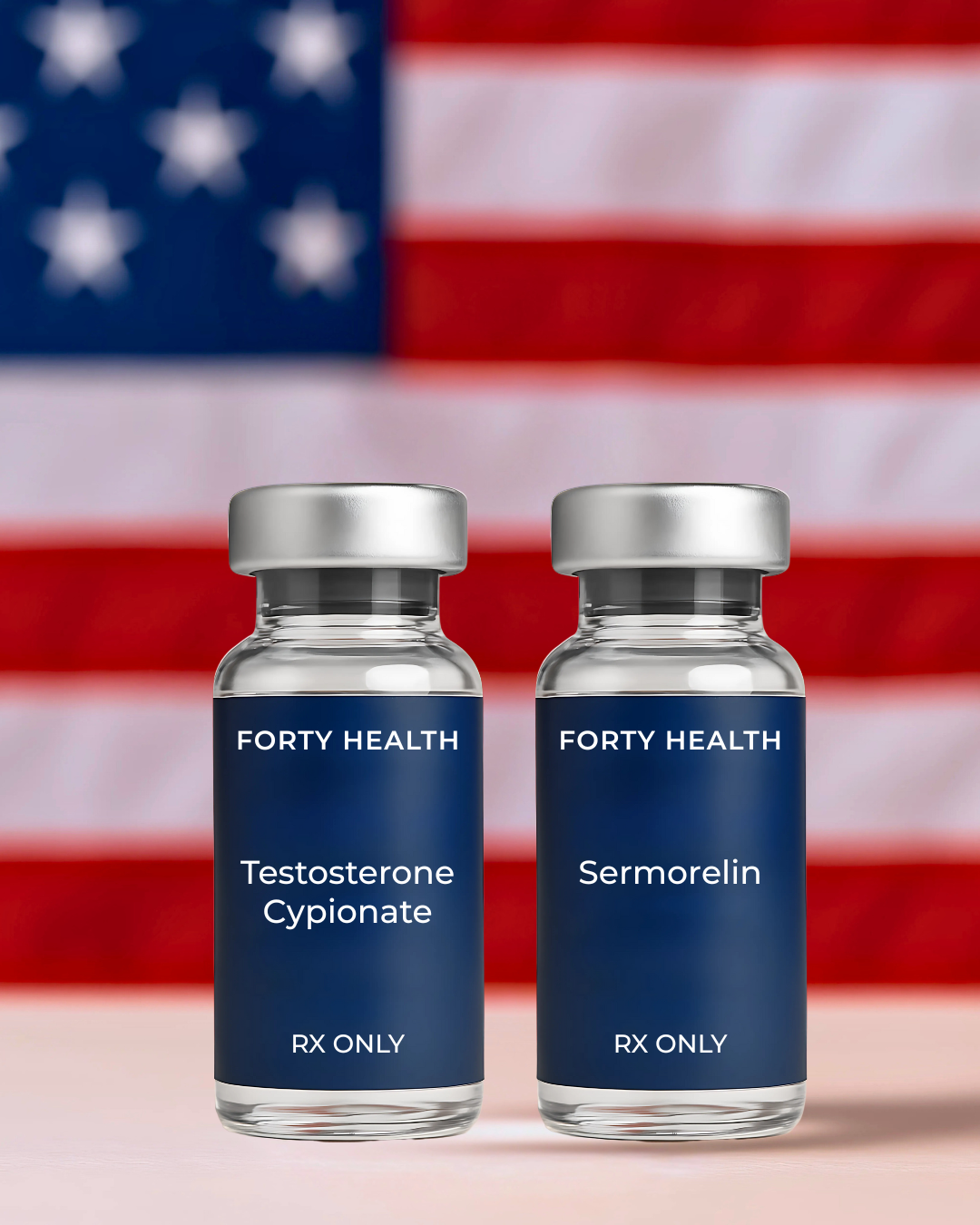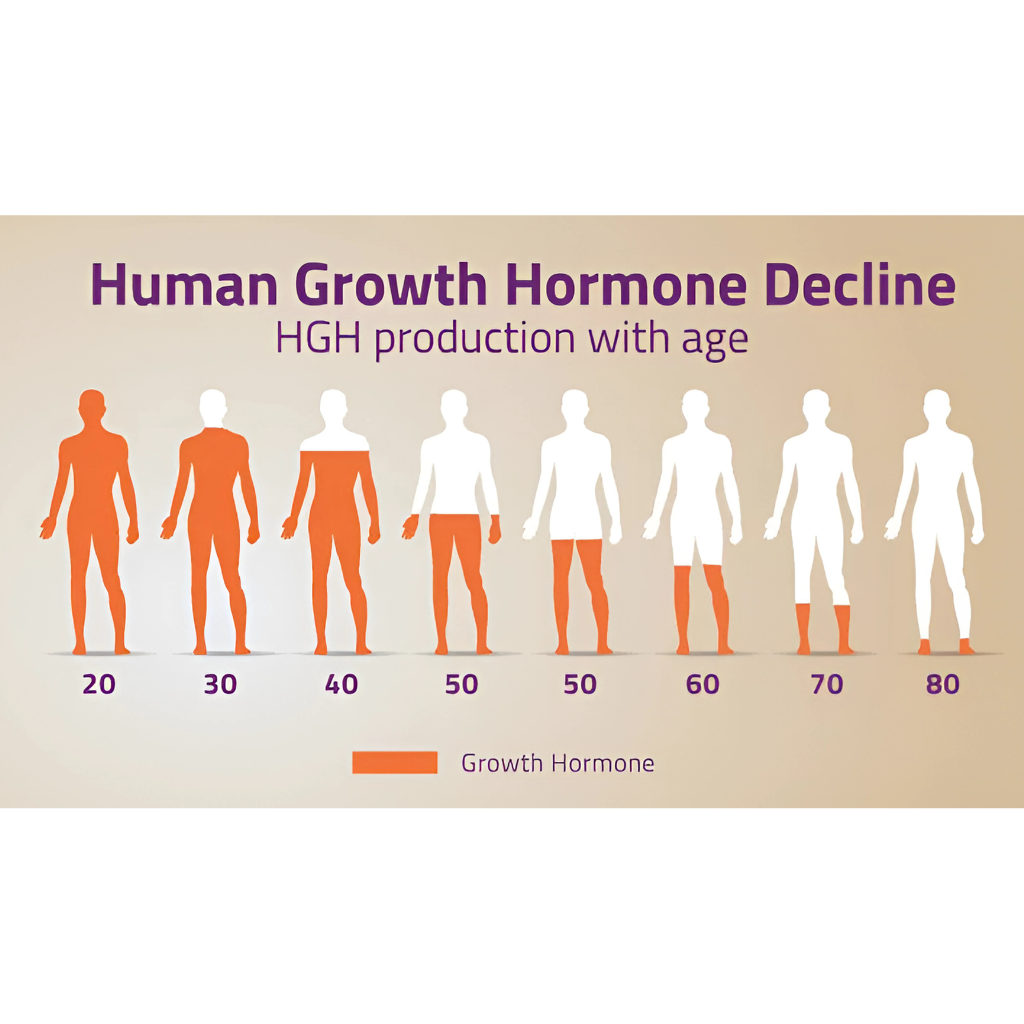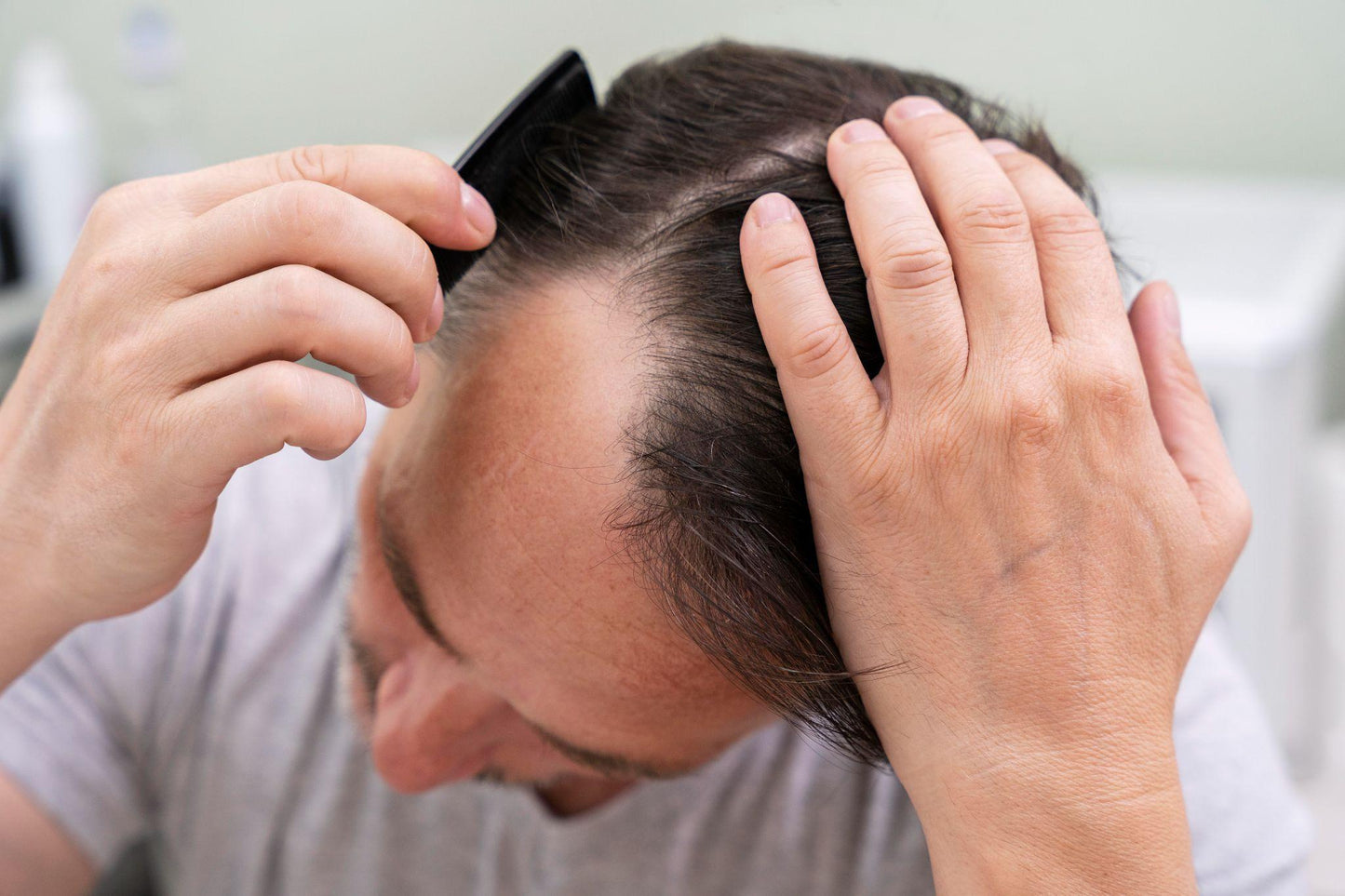
Hair loss doesn't strike all at once. It sneaks up on you, first, a broader part, then a few more hairs in the sink. Your barber innocently mentions the thinning crown. One day, you finally get tired of it. With all these problems comes a solution known as Minoxidil.
It's one of the most popular hair loss treatments available. This remedy is supported by decades of research. However, despite its presence for all this time, considerable misinformation has persisted. People have questions related to its effects and the results that can be achieved.
Everybody has different needs; some just need instant fixes. If you're new to it or even considering it, it's good to have some idea of what to expect in the long term.
This blog breaks down the full timeline, what happens at 2 months, 6 months, and beyond. We will also discuss how to achieve better results. There are scientific studies and answers to the most common questions.
What is Minoxidil and How Does it Work for Hair Loss?
Minoxidil wasn’t originally made for hair loss. It was first a blood pressure drug. However, when physicians prescribed it, they observed a peculiar phenomenon. Some patients began growing more hair. This side effect eventually led to the development of topical Minoxidil. Today, it’s widely used to treat loss and thinning of hair.
So, how does this work?
Minoxidil increases blood flow in the areas surrounding hair follicles. It's a vasodilator that dilates blood vessels. You can apply the topical solution in the form of shampoo or oral minoxidil treatment solution close to the scalp, as it increases blood flow in the area and increases the hair's reserve of oxygen and nutrients. This results in thicker, healthier hair by preventing hair thinning and shrunken hair follicles.
It also positively affects the hair growth cycle. Hair goes through phases, and of those, the growing phase is the most important. This is called the anagen phase, the active growing stage. Minoxidil helps more hair enter this phase and prolongs their stay, giving them a better chance to grow and remain there longer.
Here’s what to know:
- It works best on the crown and mid-scalp.
- It’s less reliable on the hairline, but results vary.
- It doesn't stop DHT, the hormone responsible for pattern baldness.
- It must be applied regularly, typically two times a day.
- Effects are usually delayed by several months.
Minoxidil is available in 2% and 5% concentrations. It can be purchased in either foam or liquid form. Because most people prefer it, the foam is less oily, but both are identical.
Although Minoxidil does not entirely stop hair loss, it helps slow down a portion of the hair loss. The product can also aid in hair growth in several areas when used consistently from the early stages of hair loss.
Minoxidil Scientific Study for Hair Loss
The medicine is not only popular, but it is also a research-based product. Multiple studies over the past couple of decades have proven the usefulness of this treatment towards hair regrowth, especially in those with androgenetic alopecia (pattern hair loss).
A systematic review conducted in 2019 examined several randomized clinical trials and concluded that Minoxidil resulted in consistent improvements in density compared to hair count. Minoxidil, the review stated, is particularly effective for individuals suffering from early-to-moderate hair thinning. It doesn't benefit all users, but it does help a considerable percentage of users by slowing down or even reversing hair loss in specific regions of the scalp.
Another 2002 PubMed study quantified the thickening effect of Minoxidil on hair shafts. It demonstrated that repeated application not only causes more hair to grow but also increases the thickness and strength of individual strands, particularly in the crown region.
Some research facts and figures from the studies:
- Minoxidil is most effective when applied consistently and at an early stage of the hair loss process.
- The 5% concentration is more effective than the 2% concentration, particularly for men.
- Results improve over the long term. It can typically take 6 to 12 months to regrow new hair to fuller.
- Although it does not cure the underlying hormonal cause (such as DHT). It can promote regrowth in healthy, miniaturized, and dormant follicles.
Minoxidil won’t cure hair loss, but it’s still a good option for those who want to prevent further loss, and there is some hope of regrowth. Minoxidil can help to have reasonable expectations and work on patience.
Minoxidil Timeline - How long does it take to Work
Minoxidil does not belong to overnight remedies. The initial weeks could make you believe it's having a reverse effect, or doing nothing at all. That's why it is useful to understand what you should anticipate at various phases. Here's the breakdown of the average timeline depending on how most people react.
Minoxidil Results After 2 Months
The initial 2 months may be frustrating, but that is completely normal. Others find that shedding increases during this period. There is no failure there; that is just a reaction.
What happens? Minoxidil sort of pushes the weak hair out to let new, stronger hair take its place. This phase of the hair loss cycle is called telogen effluvium, which usually indicates that your medication is starting to affect your follicles.
You may be able to observe:
- A little shedding or thinning, particularly in the regions where Minoxidil is active
- A little dry scalp or itching of the scalp
- No visible new growth has yet appeared; most of the hair is still in transition.
By the end of month two, a few people may notice short, thin regrowth (similar to “peach fuzz”), but that’s not typical. Most users haven’t seen anything significant yet. The key is not to stop; this is just the foundation stage.
Minoxidil Results After 6 Months
After month six, everything normally begins to look different. Improvements are visible, including increased coverage, a thicker texture, and less noticeable scalp in thinning spots.
- Noticeable regrowth in crown or mid-scalp regions
- Thicker individual hair replaces the earlier shed, thinner ones.
- Slower hair loss overall, less breakage, and fewer hair falling out
This is when individuals usually begin to notice that the treatment is effective. The crown will react more quickly than the hairline, but this is determined by how soon you started and how regularly you've been doing it.
Clinical trials have revealed that approximately 60% of users experience a significant improvement at this stage. However, remember that it's not about complete regrowth. It is to preserve what you have, enrich it, and stimulate new growth in bare areas.
At this point, photos can be useful. The transformation is gradual, and thus it is not easy to notice on a day-to-day basis. Comparing month one versus month six pictures provides you with a better sense of what is occurring.
Minoxidil Results After 12 Months
After a full year of Minoxidil treatment, most individuals typically experience their best results. If the treatment has worked for you, your hair will likely look better than it has in a long time.
What to expect after 12 months:
- Thicker and fuller overall appearance
- Hair density increased on the crown and the top of the scalp.
- Stabilized hairline (not necessarily significant regrowth, but less recession)
- Regrowth can plateau; this is typically the "max" outcome.
Minoxidil is not something you use for a short while. If you discontinue use after experiencing gains, the new hair will likely shed again during the coming months, and you'll return to your initial baseline. Sustained use is required to keep gains.
By this point, most users have developed a routine for using Minoxidil and have a sense of how their scalp responds. You will often hear people say things like, 'One month you will see something, and the next month you won’t see anything, or it may stay about the same.'
Your scalp isn't as sensitive, shedding has decreased, and you're not experiencing daily hair loss, which is essentially the goal.
How to Get the Best Results Using Minoxidil
Applying Minoxidil is not difficult, but how you apply it is. Consistency is key. You cannot achieve good results if you use it sporadically, only once a day. To notice progress, you must be consistent every day, for months.
Some easy ways to improve results are:
- Use twice a day, some 12 hours apart. Mornings and evenings suit most.
- Ensure your scalp is clean and dry when applying.
- The right amount, 1 mL per use. More will not yield quicker results, and excessive use can cause your scalp to become sore.
- Don't wash it away too quickly. Allow it to remain on your scalp for a minimum of 4 hours before showering or excessive sweating.
- Avoid touching or brushing it too much after applying. Allow it to soak in naturally.
Some extra tips:
If your scalp becomes itchy or starts to dry, switch to a foam formulation, which is less greasy and usually more comfortable to apply. Spread with your fingers instead of using a spray jet or dropper bottle.
Set up a reminder device to help you remember appointments if you are unable to keep them. You can use the app on your phone, an alarm on your clock, or put the bottle next to your toothbrush.
Some people use Minoxidil with microneedling (with supervision), which has the potential to help with absorption and accelerate effects. In contrast, others may use it in conjunction with finasteride (a DHT blocker prescribed) to cover more ground.
There's a need for some calming down, if one is asking about any changes in the early stages. It's a real slow process of growth. Hair either grows immediately or it takes some time to show growth effects. So keep going with it; be patient, and above all, be realistic. And in many ways, it is exactly like brushing one's teeth-perceptible change from one day to the next is absent, but in reality, it pays off with the accumulation of time.
Is Minoxidil 2% or 5% Better for Hair Loss in Men?
Every medication has its formulation. Minoxidil is available in two concentrations, 2% or 5%. Both are approved as treatments for baldness, but they do not behave in the same way.
For most men, 5% is more effective. It's been proven in several studies to provide quicker and more dramatic results. In a massive study published in the Journal of the American Academy of Dermatology in 2002, over 300 men were followed for almost a year as they used 2% and 5% Minoxidil. They discovered that those applying 5% Minoxidil actually had statistically significantly more hair growth, with about 45% more hair regrowth than men using the 2% formulation.
So why do they make the 2% version?
Primarily for those who are not able to handle 5%. Some people get more side effects from the stronger strength, such as scalp irritation, dryness, or flaking. In those instances, the 2% form might be more manageable to use, although the outcome is slower.
- 5% works best for men with early-to-moderate balding.
- A concentration of 2% could be an option for individuals with sensitive skin. Also, for those concerned about potential side effects.
- If you start with 2% and do not achieve the desired results after a few months, consider switching to 5%.
Briefly: if your scalp can tolerate it, use 5%. It works better, particularly in the long term.
Will Minoxidil Work on Hairline Regrowth and Thickening?
This is one of the most frequently asked questions, and it's for a good reason. The hairline is where thinning will first appear, and it's also where it's most noticeable.
Minoxidil works on the crown, not the hairline. It means that the studies concentrated more on the top of the head, where the response is more consistent.
But some users reported an improvement in their frontal hairline, particularly with consistent use. It's typically less dramatic than at the crown and may take longer to show effects.
Here's what you need to know:
- If your hairline is actually in retreat, the effects may be limited.
- If it's merely thinning or weakening, you may see more response.
- Young boys and individuals who have recently experienced hairline loss tend to have better responses.
In addition to adding microneedling, the chances of hairline restoration also increase if Minoxidil is used in conjunction with other therapies (such as finasteride, if it is recommended).
Time plays an important role. The earlier the treatment starts, the better the chances of recovery, especially if there are areas where the follicles have not yet been lost.
Minoxidil won't completely restore the hairline; however, it will at least slow down thinning, add density to the thinning hair at the edge, and sometimes even somewhat restore density.
Do not keep on thinking a miracle will happen here. Patience and consistency will serve you well, and always keep your expectations grounded.
Side Effects of Minoxidil You Should Consider Before Use
This medicine is particularly safe for use. But safe does not mean there are no side effects. The effect can range from mild to severe.
Common side effects:
- Itchy scalp
- Dryness or flaking
- Redness or irritation
- Unwanted growth of facial hair
The side effects are typically focused on the extent to which your skin responds to the Minoxidil solution, and this is likely to be the case with the liquid formulation. It has alcohol and propylene glycol. Should you, however, become irritated, most often all you need to do is switch to the foam to alleviate such irritations.
There are some rare side effects; those that may be possible:
- Early shedding, the most frequent type, occurs in the initial 4 to 8 weeks.
- HRapid heartbeat or chest pains. This is not very common, but it must be taken into serious consideration.
- You may feel Lightheaded, sometimes dizzy, or get a Swollen face or hands.
Discontinue the medication and consult your doctor if you experience any symptoms.
Memoranda to keep the side effects down:
- Take only the indicated amount (i.e., 1 mL twice a day).
- Do not apply it to the neck and face as a way to prevent excessive hair growth.
- Wash your hands thoroughly after applying.
- Apply when your scalp is dry.
- Make it sink in. Avoid lying down and putting on a hat directly after the application.
If any symptoms appear unusual or severe, discontinue use and consult a physician. Most of the users experience mild and momentary side effects. And when your scalp fibres get used to it, it is normally plain sailing.
Our Minoxidil Hair Loss Treatment Solution
Minoxidil RootRestore: Advanced Oral Hair Regrowth Therapy
Conclusion
Minoxidil isn’t a quick fix. “It’s not a miracle cure, but it’s one of the few options that work for many people dealing with hair loss. If you’re using it or considering starting, the most important thing to remember is that the results take time.
The initial two months could be sluggish. You may even lose more hair initially. However, by month six, most individuals begin to experience noticeable changes, including thicker hair, a less visible scalp, and reduced shedding. And after one year, if it's yielding results for you, it has to be the best growth.
It's not for the faint of heart. And it won't grow you a full head of hair out of thin air. But applied regularly and properly, it can help you hold on to what you have, and even recapture a little.
Be patient. Be realistic. If you ever have doubts, consult a doctor or dermatologist who specializes in hair loss. The sooner you do it, the more likely you are to see positive results. Find trusted Minoxidil products at Forty Health. Visit our website now to get in-depth details about the medication and its usage.
FAQs
Why is my hair falling out more after starting Minoxidil treatment?
It is completely normal to shed hair, or what is usually referred to as shedding. This is often not noticed until the first few weeks after starting minoxidil treatment because it may begin to feel like all of your hair is shedding at once. This is caused by minoxidil pushing out old hair so that new and healthier hair can have room to grow.
How long will hair fall out after starting minoxidil?
Shedding typically lasts for about 2-6 weeks after starting minoxidil. Shedding will usually stop on its own, and new hair growth will often begin shortly after.
How to tell if minoxidil is working?
After 3-4 months, you may notice some small and soft hairs, sometimes described as "peach fuzz," that will sprout in areas of thinning. If you are still on minoxidil after 6 months, ideally, you will see that your hair looks thicker, you are seeing less hair fall, and you are happy with the amount of hair in your thinning area.
What are the results of the minoxidil and finasteride combo?
The overall benefits of using minoxidil and finasteride together are that it will have a higher percentage success rate than using either medication on its own. Minoxidil promotes hair growth while finasteride blocks DHT, which is one of the most significant contributors to hair loss. Minoxidil and finasteride are both effective on their own, but combined, they will reduce hair loss and promote hair regrowth more.
How successful are minoxidil and finasteride?
Studies have shown that there is about a 60-80% improvement in users utilizing both minoxidil and finasteride in tandem. This shows improvement in shedding, with thicker hair and better coverage. These results will be greatly improved when users start treatment early and stay on the medication consistently.

